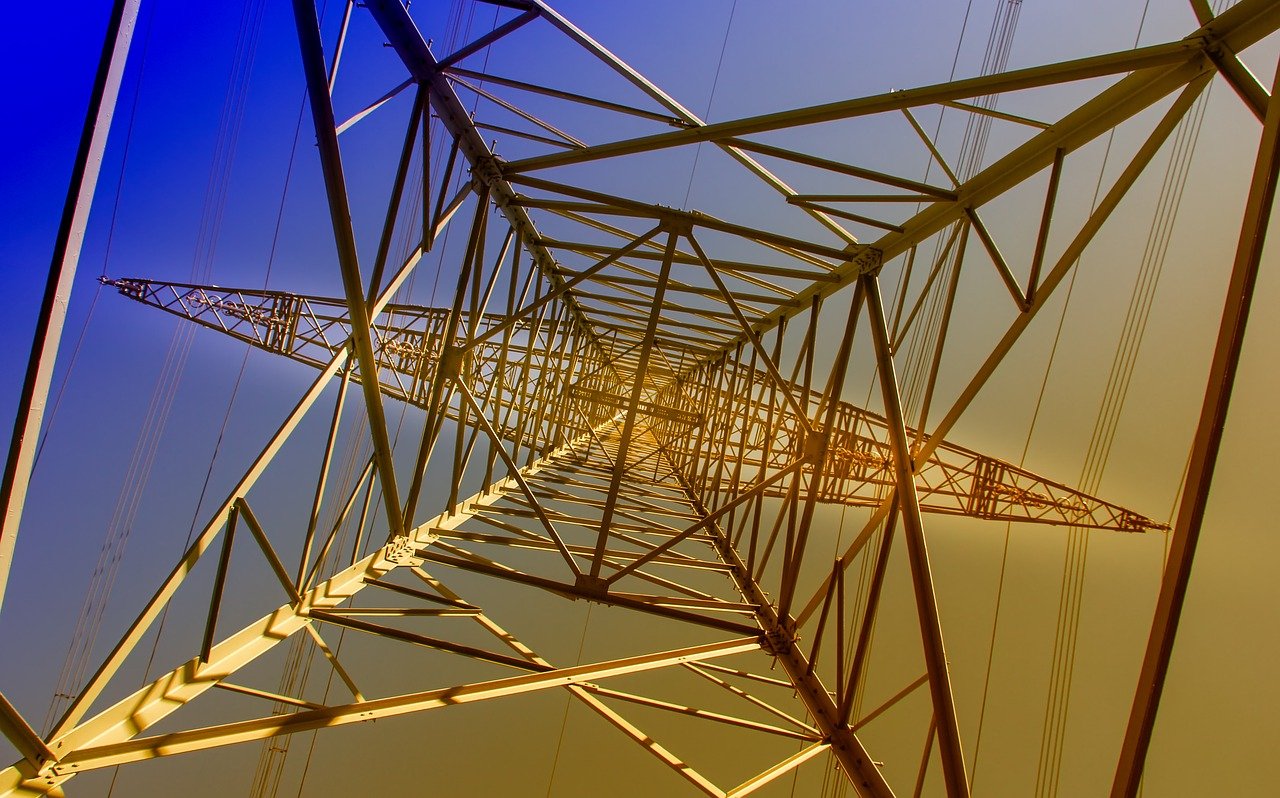For nearly 20 years, the World Bank has supported the ongoing reconstruction and development of Afghanistan. Working closely with other bilateral and multilateral agencies to ensure the best use of donor resources, the World Bank has implemented programs and projects across a diverse range of focus areas—including institution and capacity building, job creation, human capital development, citizen engagement, infrastructure, and connectivity—all to help improve the quality of life for every Afghan citizen.
As of February 2021, more than two dozen World Bank projects are ongoing across Afghanistan. These include:
The Afghanistan Second Skills Development Project (ASDP II)
One of the key ways in which the government of Afghanistan aims to boost economic growth and development is by helping Afghan workers improve their vocational and technical skills. The World Bank supports this goal through the ASDP II. Like the original program, this second iteration of the ASDP focuses on strengthening the technical vocational education and training (TVET) institutional system as a whole, enhancing the performance of individual TVET schools and institutes, and ensuring that TVET teachers have the competencies needed to provide the appropriate training. Key achievements of ASDP II so far include supporting an in-service Technical Teacher Training Institute and redeveloping the curricula for a number of priority trades (such as construction and information technology) to better respond to market needs.
The Access to Finance Project
The ability to access credit when necessary is one of the most important factors that allows businesses to grow and thrive. However, many micro, small, and medium enterprises in Afghanistan struggle to access the credit they need because most traditional financial lenders are not well equipped to serve them. In response to this problem, the Access to Finance Project is working to build institutional capacity within the finance sector so that these smaller businesses will have more—and better— financing options. Despite the COVID-19 pandemic, as of the end of 2020, the Access to Finance Project (through its support of the Afghan Credit Guarantee Foundation) had provided loans of nearly $20 million to over 530 enterprises.
The COVID-19 Emergency Response and Health Systems Preparedness Project
Over the last year, one of the World Bank’s major priorities has been to help Afghanistan cope with the effects of the COVID-19 pandemic. Through the creation of the COVID-19 Emergency Response and Health Systems Preparedness Project, the World Bank is working to mitigate the threat of the pandemic and improve Afghanistan’s readiness for potential future public health emergencies. Key components of this project include slowing the spread of COVID-19 by improving disease detection and diagnosis capabilities, strengthening the delivery of essential healthcare services, developing comprehensive communication strategies addressing social distancing and other mitigation practices, and providing an immediate and effective response to pandemic-related crises.
The Afghanistan Sehatmandi (Health) Project
Although the COVID-19 pandemic has been the most critical health issue in Afghanistan for some time, other World Bank projects in the area of health care are still in operation. The most important of these is the Afghanistan Sehatmandi (Health) Project, which is a major multi-year initiative that aims to improve access to and quality of healthcare services across the entire country. By financing performance-based contracts for health service delivery, building and honing a performance management culture in Afghanistan’s Ministry of Public Health, and conducting extensive health-related outreach work in Afghan communities, the Sehatmandi Project aims to keep building on the considerable progress the Afghan health system has made during the past decade.
The Herat Electrification Project
In many areas of Afghanistan, demand for electricity has outstripped supply in recent years. It is, unfortunately, not uncommon for Da Afghanistan Breshna Sherkat (DABS), the country’s national power utility, to be unable to meet its customers’ needs, and power outages are particularly common during periods of extreme summer and winter weather. The Herat Electrification Project aims to address the problem of electricity supply in Herat province by giving DABS the necessary support to connect over 230,000 people and 1,600 institutions with new or improved electricity services. As part of this project, new transmission lines and substations are under construction, sections of the grid are being densified and extended, and a grid code for the Afghanistan power system is being developed. In addition to these activities, the project recently supplied and installed solar-powered backup systems for 10 COVID-19-designated hospitals in Herat province—a truly remarkable and life-saving accomplishment.
The Afghanistan Digital CASA 1 Project
Since 2018, the Afghanistan Digital CASA 1 Project has been working to bring all of Afghanistan into the digital era. The project’s primary aims are to increase access to affordable Internet for all Afghans, stimulate private investment in the sector, and support a regionally integrated digital infrastructure that will allow the delivery of digital government services. To achieve these objectives, the World Bank is working closely with Afghanistan’s Ministry of Communications and Information Technology, which is the implementing agency for this project.

